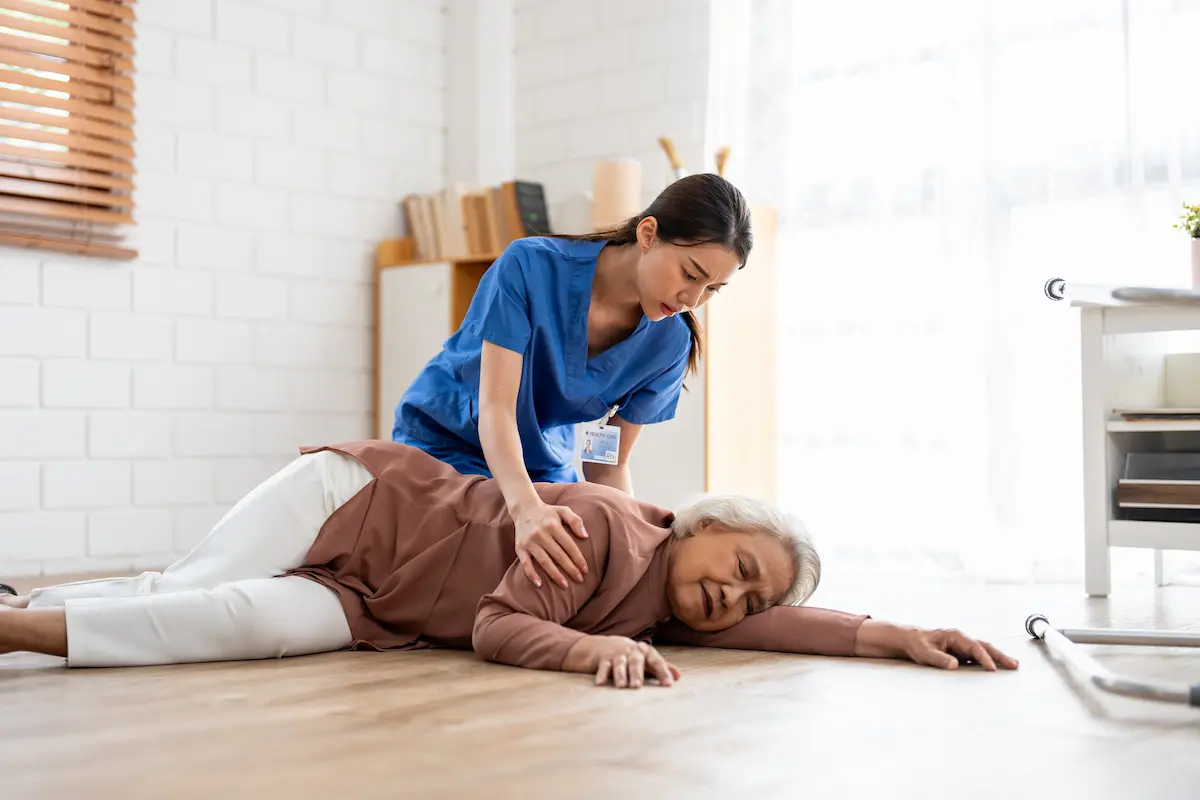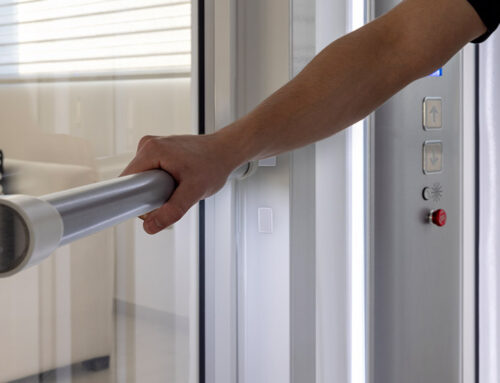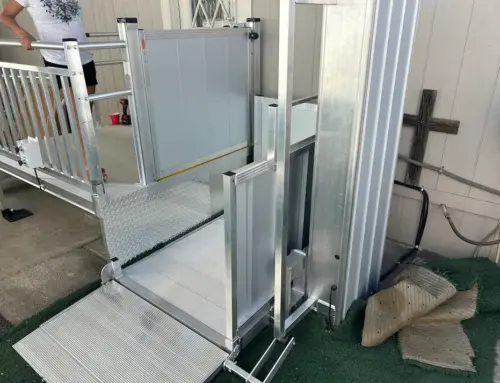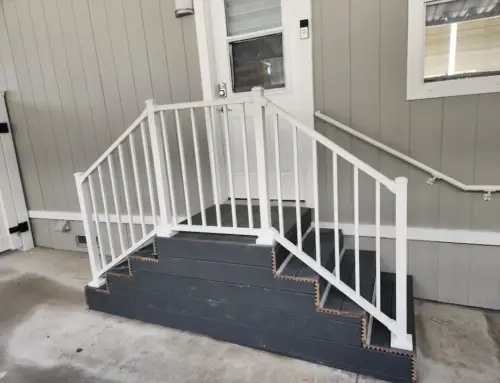Falling isn’t about slipping or tripping. For older adults, it’s a big health concern. It can change their quality of life. Why do so many seniors fall, and what impact does this have on them and their families? This goes beyond mere numbers. It’s about real people and the urgent need to tackle this issue. The population is aging. So, the need to understand statistics on falls in the elderly is growing. But what do these numbers tell us? They tell us about the risks and consequences.
3 Major Types of Falls in the Elderly
Falls among the elderly are a big concern. They often cause severe injuries and harm the quality of life. Knowing the types of falls helps prevent and treat them. Here, we explore three major types of falls that often affect older people: accidental falls, expected and unexpected physiologic falls, and falls caused by machinery.
-
Accidental Falls
What are Accidental Falls?
Accidental falls are as they sound. These incidents happen because of an outside factor. For example, you could slip on a wet floor. Or, you could trip over an obstacle. Or, you could stumble over uneven pavement.
Why Are They Expected in Older People?
- Reduced mobility is common as people age. It makes navigating obstacles harder.
- Poor vision can prevent older people from seeing hazards in their path.
- Loose rugs, wet floors, and poor lighting are common in homes and pose significant risks.
How Can We Prevent Them?
- Make home modifications. Install grab bars, improve lighting, and remove tripping hazards.
- Shoes with non-slip soles can prevent slips.
- Get regular vision checks. They will ensure glasses have the right prescription. This can help older adults see better and avoid obstacles.
-
Anticipated Physiologic Falls
What are Anticipated Physiologic Falls?
These falls happen because an expected body change affects balance or muscle control. Common causes include:
- Lower body weakness
- Balance disorders
- Chronic conditions such as arthritis or Parkinson’s disease
Strategies for Management
- Physical therapy can improve balance and muscle control. This happens through strengthening exercises.
- Medicinal adjustments can prevent falls. Review the medications that might impact balance.
- Assistive devices can help. Canes or walkers give extra support.
-
Unanticipated Physiologic Falls
What are Unanticipated Physiologic Falls?
Physiological falls are unanticipated. They are caused by sudden events, like a stroke or a heart attack. They happen without any warning signs.
Understanding the Risks
- Sudden illness: Events like seizures or heart attacks that lead to an immediate loss of control.
- Fainting can be unexpected. It is caused by drops in blood pressure or dehydration.
Prevention Tactics
- Get regular health screenings. They can catch issues before they cause falls.
- Hydration and nutrition are key. They can prevent conditions that cause sudden faintness or weakness.
- Devices that alert emergency services can be lifesaving. They are for unanticipated falls.
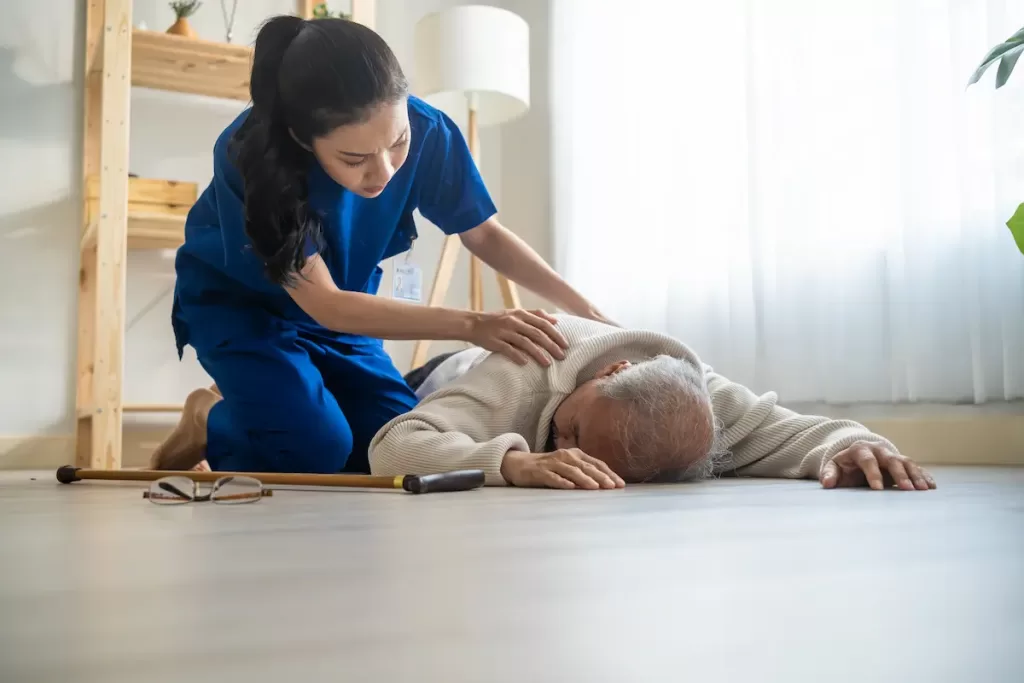
The Statistics on Falls in the Elderly
Recent studies highlight the severity of falls among the elderly, noting that one out of four older Americans aged 65 and above falls each year. These incidents are not just common. They’re often serious. Each year falls send over 300,000 people to the hospital. The falls are typically from head injuries or hip fractures.
Many might assume that most falls occur outside the home. But statistics show public health that the majority happen indoors. This challenges us to rethink elderly care and safety. It emphasizes indoor risk management and prevention, including both physical conditioning and environmental adjustments.
Causes of Falls in Older Adults
Older adults often fall for several reasons. They might be taking different medications. The drugs make it hard for them to keep their balance and move. Things like bumpy floors and not enough light can also cause falls. Also, some older folks have a condition. Their blood pressure drops when they stand up, making them more likely to fall. This is especially true if their medicine affects them in this way.
-
Risk Factors
Older adults fall for many reasons. Taking several medications causes drug interactions. They can throw off balance and raise the risk of falls. Conditions like orthostatic hypotension cause blood pressure to drop. It happens when standing up. They are also culprits.
This is especially true if medications make them worse. In the home, dangers include poor lighting, loose rugs, and slick floors. They play a big role. Small tweaks can make a big difference. For example, this might mean adding lights. It could also mean taping down rugs.
-
Medication Side Effects
Many seniors take various drugs. The drugs may not always work well together. This raises their chances of falling. These drugs are particularly troubling. They can cause side effects like dizziness or low blood sugar. This is true for sedatives. It is also true for blood pressure drugs and diabetes treatments.
-
Blood Pressure Changes
It is crucial to keep blood pressure in check. This is especially true when you start or change such drugs. Good management can prevent falls by reducing dizziness or fainting, which can be caused by sudden drops in blood pressure.
-
Hazards in the Environment
Ensuring a safe living space is critical. Reducing clutter is vital, as is ensuring rugs don’t slip. Providing enough light is key. Also, keeping floors dry is essential. They must not be slippery for fall prevention.
Consequences of Falls in the Elderly
Falls can have a profound impact on the health of older adults. These incidents often cause severe problems. The problems last a long time. When an elderly person falls, it’s not about the immediate pain or injury. The effects can ripple through their health and lives. They are often in ways that are hard to recover from. This includes many physical issues. These range from fractures to chronic pain. It also includes emotional consequences. For example, fear of falling again. These can reduce their activity level and independence.
-
Broken Bones
Falls can have devastating results. They often cause broken bones, like hip fractures. These injuries are very common and dangerous. They are especially common among older adults. These injuries can lead to long hospital stays. They also bring a much higher risk of death. Recovery is slow. It needs surgery and lots of physical therapy.
-
Bruising
Elderly people often bruise. This is because they have thinner skin and less fat. Falls can cause painful bruises. They heal but may make other health issues worse.
-
Loss of Independence
A severe fall can impact an older adult’s independence. Severe injuries might require help or long-term care. They also limit mobility and the ability to do daily tasks.
-
Anxiety
Falling once can make a person fear falling again. This fear can make them less active, weaken their body, and raise the risk of future falls.
-
Social Isolation
After a fall, seniors often find themselves more alone. Injuries may make it hard to engage. The fear of another fall might lead to self-isolation. It can make people feel lonelier. It can worsen depression. This impacts their life a lot.
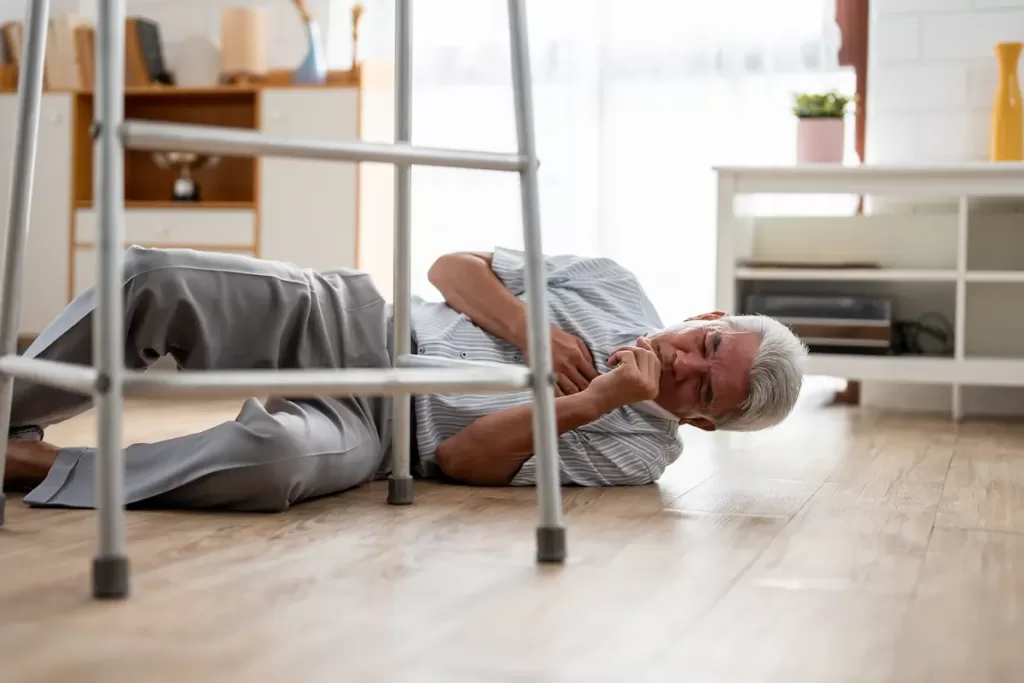
Take Actions to Protect Your Elderly Loved Ones from Falling
Falls among the elderly are a big concern. They can cause major injury. Certain preventive measures can be highly effective in mitigating these risks.
-
Regular Health Check-Up
It’s important for older folks to keep tabs on their vision and hearing. Regular check-ups can reduce the risk of falls. Why? Good glasses or hearing aids help you avoid missteps. Not seeing or hearing well causes them. This is especially true for those who wear bifocals or progressives. Checking ensures they’re right for outdoor use. It can prevent tricky mistakes. It’s about distance. These misjudgments often lead to falls.
-
Physical Exercise
Exercise is essential. It keeps you agile and prevents muscles from becoming weak. For older adults, this means activities like Tai Chi or gentle yoga. These are hard on the body. But, they also focus on core strength. They also focus on flexibility and stability. The best part? They’re fun. They can be a great way to stay active and connected with others and reduce the risk of falls.
-
Eat Well and Hydrate
Everyone needs good nutrition. They also need hydration. They are especially vital for the elderly. A diet rich in calcium and vitamin D keeps bones strong. This is key for preventing falls. Drinking lots of fluids is important. It helps keep the body working and the mind clear. Staying hydrated helps prevent the kind of disorientation that can lead to unexpected falls.
-
Use Home Safety Products
Installing safety devices at home can greatly reduce fall risks. These include:
- Grab Bars: Installed in bathrooms and along staircases to provide support.
- Non-slip Coatings: Non-slip coatings are applied on floors. They are used especially in bathrooms and kitchens where slips are likely.
- Lifting Chairs: Assist in safely transitioning from sitting to standing positions.
- Handrails: Essential along stairways and corridors.
- Tub CutOuts: Tub Cutouts and Shower Chairs enhance bathroom safety. They modify bathtubs for easier access and provide stability while showering.
Conclusion
Ready to ensure the safety and independence of your loved ones? Don’t wait until it’s too late. Visit Call Before You Fall today. Explore our wide range of home safety products. They are designed to prevent falls. Our products include grab bars and non-slip coatings. They offer peace of mind and essential protection for the elderly. Act now to make a safer environment for those you care about. Preventing a fall is easier than recovering from one. Contact us to safeguard your home and loved ones today!

